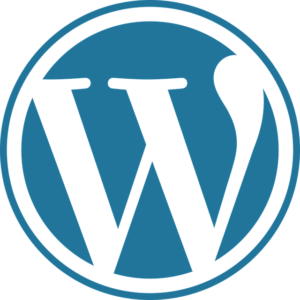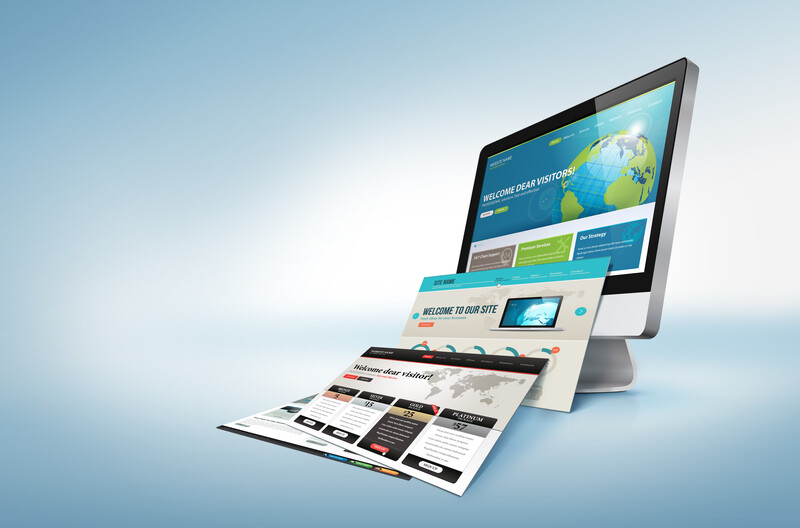Creating your website with WordPress
Are you looking to build a website, but unsure of which platform to use? Look no further than WordPress!
 This open-source software system has become the world’s most popular website-building platform for good reason. Originally designed as a blogging system, WordPress has evolved to become an easy-to-use blog tool and publishing platform with a full content management system (CMS), meaning that it’s a powerful development tool for building sites with a great set of flexible and easily modified features.
This open-source software system has become the world’s most popular website-building platform for good reason. Originally designed as a blogging system, WordPress has evolved to become an easy-to-use blog tool and publishing platform with a full content management system (CMS), meaning that it’s a powerful development tool for building sites with a great set of flexible and easily modified features.
One of the biggest advantages of WordPress is its flexibility. With a great set of easily modified features, WordPress allows total flexibility over the design of each website. The CMS also enables you to manipulate, add pages, update content, change pictures, or create blog posts anytime you have the time.
Bottom line – WordPress allows total flexibility over the design of each website and makes it incredibly easy for you, as the site owner, to edit existing content and add new content yourself. With CMS you can manipulate, add pages, update content, change the pictures, or create blog posts any time you have the time!
WordPress can be customized to suit your unique needs and preferences
Look no further than WordPress for easy customization! With thousands of plugins and widgets available, WordPress can be customized to expand its core functionality and make your website design and usability nearly limitless.
Many development and design details are considered in the initial stages of building your website! Our mission is to work with you to understand your business, your customers, and your preferences.

WordPress Design Elements
The following are some terms associated with websites designed using WordPress CMS. If you’re a client who prefers to have more control over the maintenance of your site, by the time you’ve made a few back-end site adjustments, these terms will be completely familiar!
.
Every installation of WordPress comes with a file editor you can use to edit your pages right in your browser without having to worry about downloading and uploading the files in order to edit them. With just a click your new pages and/or changes are published to the net!
WordPress is cross-browser compatible so the website you design will look just how you want it to no matter what platform your visitors are using.
*Plugins are extensions that add additional functions and features to the basic WordPress software so that each site owner can tailor their website to their specific needs. These are what turn the blog platform into a full content management system.
Plugins can be installed using the WordPress plugin installer and are managed through the WordPress administration section of the site.
*Widget areas, where you can add plugins to your sidebar content, are designed to provide a simple way to arrange various elements such as text of your choosing, links to the latest articles, or even a calendar of upcoming events. It’s like a mini-program or piece of software that adds functionality to a website.
Incorporating social media into your website allows you to connect with your readers and customers with the goal of increasing your exposure! Enable your visitors to easily recommend your website, and you automatically make it accessible to an even larger target audience.
Search Engine Optimization (SEO)
WordPress comes ready to embrace search engines. Its features and functions guide a search engine through the pages, posts and categories to help the search engine crawl your site from page to page and gather the information it needs to include your site within its database.
Good navigational links to the various pages on your site will invite a search engine to move gracefully from one page to another, following the connecting links and visiting most of your site.
While moving through your site a search engine gathers content and information by evaluating the words, giving credit to certain words and combinations of words. Words found within your pages are compared to words found within your links and titles.
Content however, is still king when it comes to search engines! The words, the content, the material in your site that explains, shares, informs and educates your site visitors is the content search engines digest.
To learn about WordPress open source platform in a lot more detail, go to WordPress.org »
“Reach high, for the stars lie hidden in your soul.
Dream deep, for every dream precedes the goal.”
– Ralph Vaull Starrs
